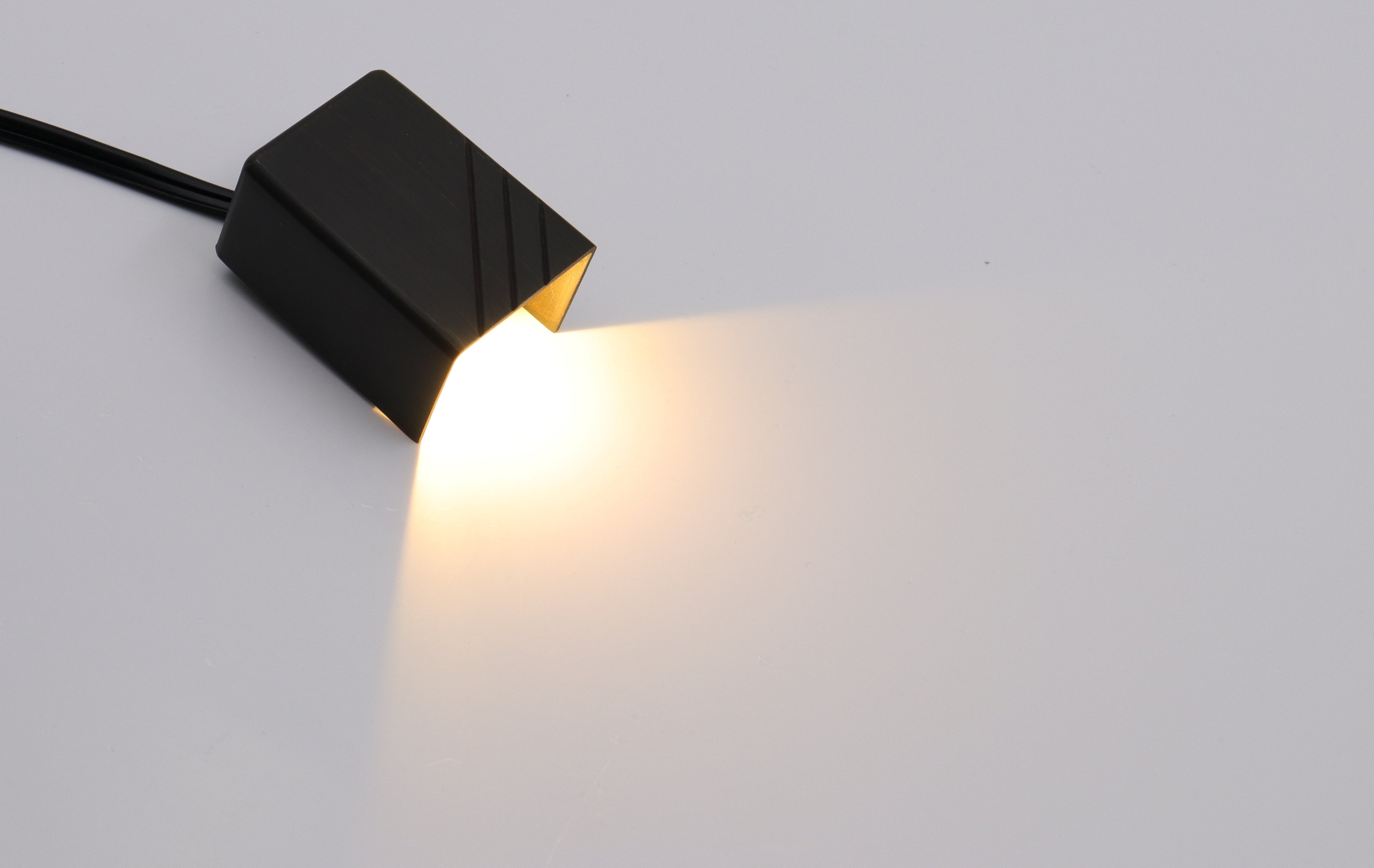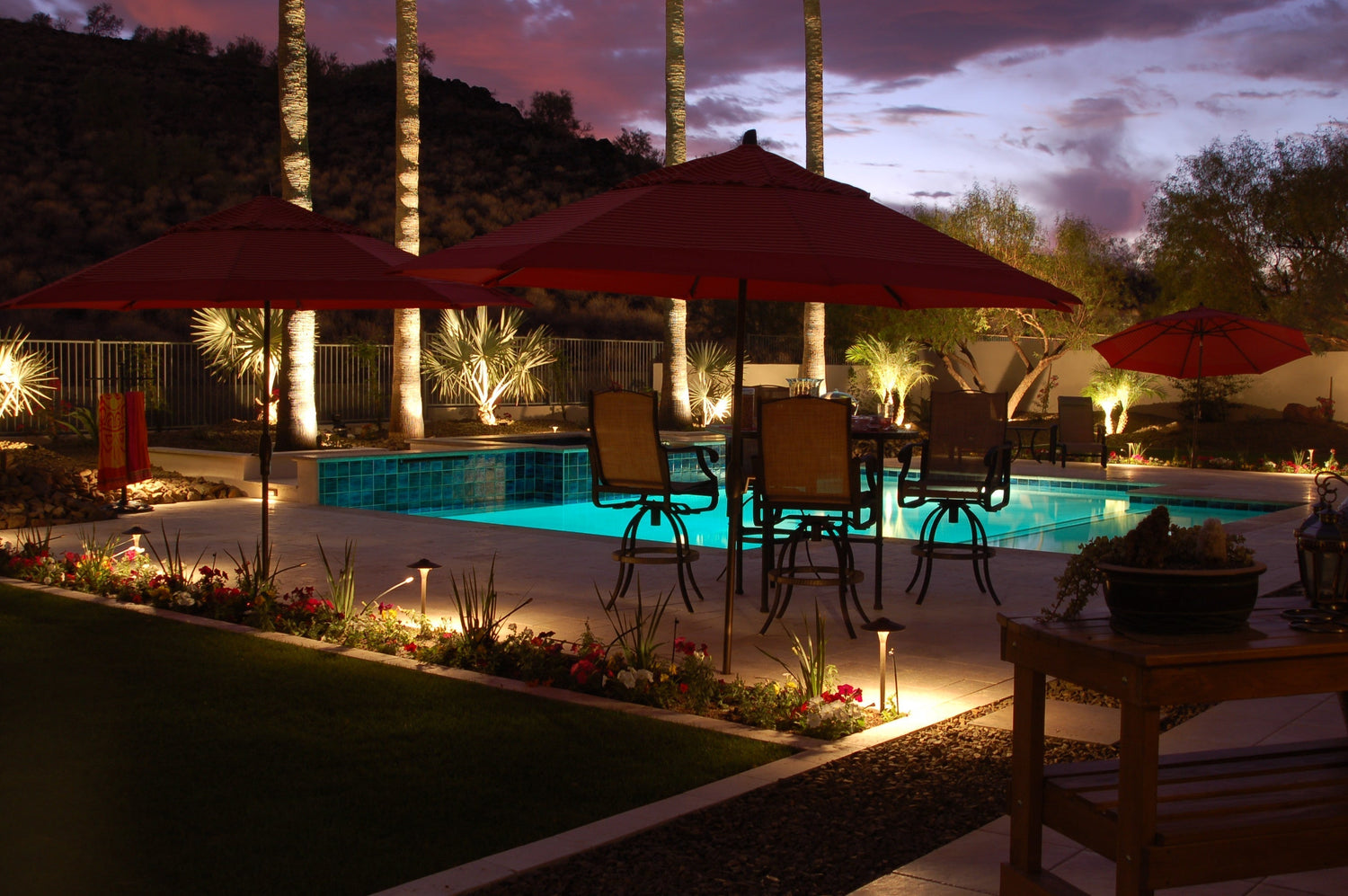Introduction
Outdoor lighting serves various purposes, from highlighting the architectural features of your home to keeping walkways safely lit. Well-placed lighting can also deter crime and make you feel more secure after dark. But there are also good reasons to turn lights off at night, like reducing your electricity bill, minimizing light pollution, and creating a better sleep environment. So how do you decide what's best for your home? Let's dive in!
Benefits of Leaving Outdoor Lights On All Night
Illuminating your property's exterior spaces throughout the nighttime hours provides homeowners with numerous valuable benefits that enhance security, promote safety, and elevate lifestyle convenience and enjoyment:
- Deters Criminal Activity - Continuous overnight lighting acts as an effective deterrent to would-be trespassers and intruders by indicating alert occupants are actively monitoring the home. Dark, shadowy areas often mask nefarious activities, while strategic illumination exposes and draws immediate attention to any suspicious behavior on the premises. Carefully positioned lighting eliminates blind spots, hiding places, and shadowed areas where criminals could otherwise lurk and maneuver undetected under the cloak of darkness. How Does Landscape Lighting Increase Your Home's Security
- Increases Natural Surveillance - Brightly illuminating walkways, doorways, yard spaces, and vulnerable areas make it easier for residents and passing police patrols to actively spot any unlawful trespassing, breaking and entering, or property compromises as they occur. Motion-sensing security floodlights add further protection by suddenly and automatically activating when movement is detected, startling potential perpetrators.
- Enables Emergency Response - Well-lit addresses and pathways to your home's entrance enable first responders to quickly and effectively locate your residence in the event of an overnight emergency call.
- Prevents Hazards & Injuries - Increased illumination along steps, changes in grade, walking routes, and potential tripping points helps enhance household safety by reducing slips, trips, and fall hazards that peak in the darkness.
- Extends Daytime Usability - Keeping outdoor areas illuminated allows homeowners to conveniently enjoy patios, decks, and gardens after sunset without fumbling for light switches.
- Enables Flexible Access - Lighting activated throughout the night allows convenient access to garages, sheds, and trash bins as needed at odd hours.
- Creates Desirable Ambiance - Thoughtful façade, landscape, and pathway lighting adds aesthetic curb appeal and a welcoming environment for visitors.
Strategically eliminating shadows while also pairing always-on illumination and motion-activated lighting provides maximum overnight security while deterring trespassing and criminal mischief under the cloak of darkness. Accordingly, a correct and perfect lighting system is very important, feel free to look through How to Design a Landscape Lighting System in Your Home?

Disadvantages of Leaving Outdoor Lights On All Night
- Increased Energy Usage - All-night operation can significantly increase electricity consumption and utility bills. Switching to LEDs can help, but unnecessary usage still adds up. Traditional incandescents use more power than LEDs
- Light Pollution - Excessive brightness disrupts circadian rhythms, wildlife, and reduces star visibility. Leave My Outdoor Lights on All Night cause light pollution
- Nuisance Lighting - Bright lights beaming into neighbors' windows can cause complaints. Outdoor lighting wattage guide
- Safety Hazards - Constant electrical loads raise risks of electrocution or fire from wiring faults. How to Troubleshoot a Low Voltage Lighting System?
- Promotes Crime - Always-on lights may suggest the home is unoccupied, inviting break-ins.
To minimize these downsides, careful attention should be given to outdoor light placement, controlling excessive brightness, and using motion-activated fixtures. Following Dark Sky guidelines also helps. Minimize nuisance light pollution

When Should I Leave My Outdoor Lights On All Night or Turn Them Off?
Leave lights on overnight when:
- They are placed near entrances or areas prone to intrusion - consider motion-activated lights.
- You have steps or uneven walkways - ensure safety at night.
- You want to highlight architectural or landscape features - use timers.
Turn lights off overnight when:
- Soffit/eave lights aim at the house unnecessarily.
- Bright flood lighting spills light with no focus.
- Backyard flood lighting when no one is outside - use motion activation.
- Lights point into neighbors' homes - reduce brightness or redirect.
- Sections of large properties distant from the home - focus lighting where it’s needed.

Related design tips: Landscape Lighting: 10 Creative Landscape Lighting Ideas
How Long Should I Leave My Outdoor Lights On?
Every home is different, but common time frames include:
- Dusk to 10 p.m. - Great for front lights and ambiance.
- Dusk to midnight - If you frequently entertain guests outdoors.
- Midnight to dawn - Only essential lighting like security floodlights should remain on.
- 24/7 - For functional areas like detached garage paths accessed frequently.
How Much Does It Cost to Leave Outdoor Lights on 24/7?
Running lights 24/7 can add up. Consider:
- More lights and higher wattages mean more energy.
- Check your electric rate per kWh for cost estimates.
- LEDs use significantly less energy than traditional bulbs. Reduce power usage
Example: A 20-watt LED running 24/7 uses 480Wh/day = ~$1.80/month at $0.12/kWh. Multiply by number of lights for total monthly cost.
Conclusion
Deciding whether or not to leave your outdoor lights on overnight involves weighing several factors unique to your home. On the pro side, continual lighting can provide security, safety, and ambiance after dark. But downsides like higher electric bills and light pollution should also be considered. With strategic placement and schedules, you can maximize benefits while minimizing any drawbacks.





Leave a comment
All comments are moderated before being published.
This site is protected by hCaptcha and the hCaptcha Privacy Policy and Terms of Service apply.